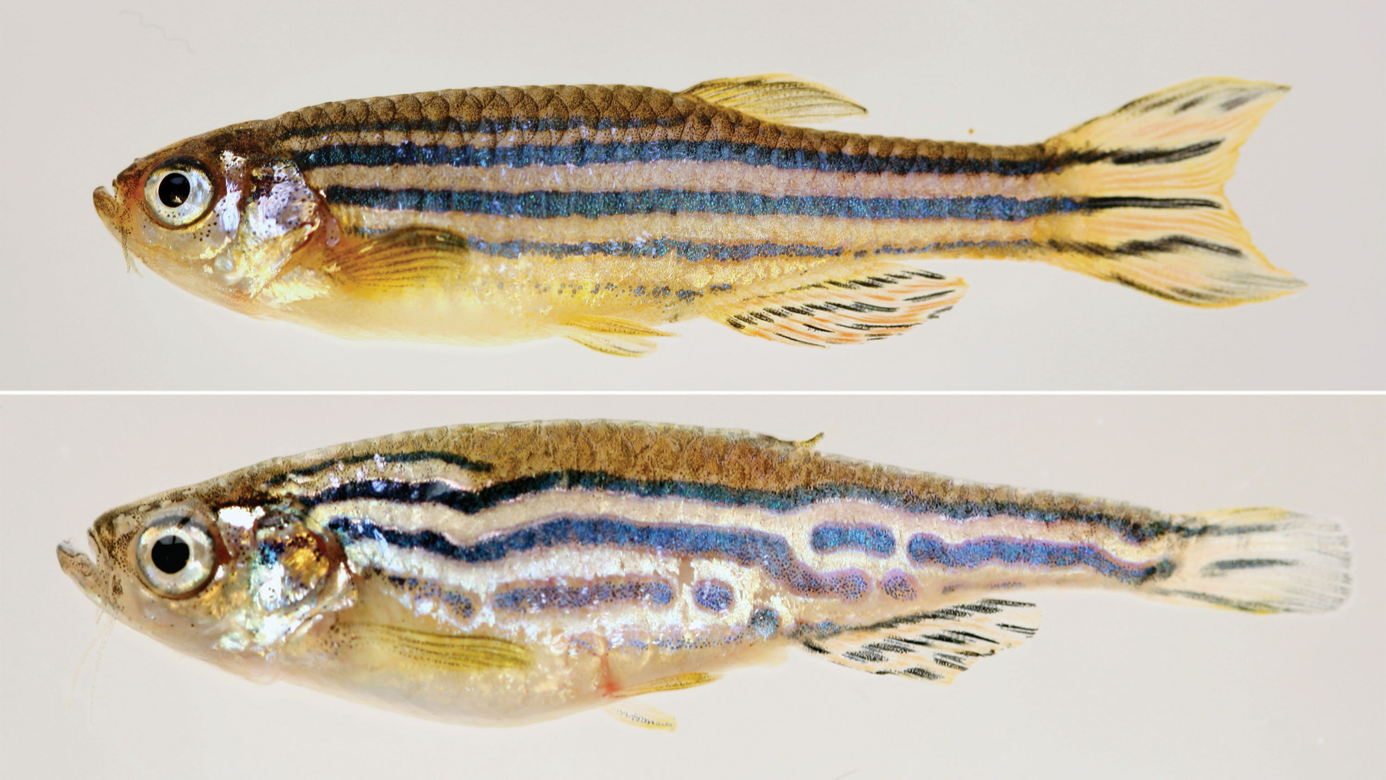Life on Earth began in the water. When animals moved onto the ground, they switched fins for limbs.
How exactly thatmight have happened hundreds of millions of years ago, however, has long been an evolutionary mystery that has puzzled scientists.
Now, US scientists say they may have stumbled on a possible answer.
By tweaking a single gene, researchers at Harvard University and Boston Children’s Hospital have engineered zebrafish that showed the beginning of limblike appendages.
To answer how animals made the transition from sea to land, scientists have traditionally looked to the fossil record. But in the past 30 years, scientists have searched for changes in genes that can account for the shift from fin to modern limb.
“Most surprising to me is that such a dramatic change to the fin skeleton and musculature is possible with just a single mutation,” said Brent Hawkins, a postdoctoral researcher at Harvard University and Boston Children’s Hospital and the first author of the study that published Thursday in the journal Cell.
“Before this discovery, the fin-to-limb transition was presumed to involve manifold changes to a myriad of genes,” he noted via email.
“Of course this transformation was still a very gradual and complex process, but our mutants show that it might have involved quick leaps as well, and that developing animals are able to incorporate new bones quite easily.”

Innate ability
While previous research has identified genes that are required to make fin and limb bones, no one has previously found a genetic change that causes a fin to shift to a more limblike pattern, explained Hawkins via email.
The mutation the researchers found causes a change in the zebrafish’s pectoral fin bones, which attach to the fish shoulder joint a little like how the human arm attaches to the shoulder.
A new set of long bones — called intermediate radials — develops, making a joint similar to a human elbow. The genetic change includes new muscles and joints that are found in limbs but not the simple fins.
The scientists’ discovery has shown that the fish, which had been thought to have lost the machinery necessary to evolve limblike body parts, actually retain an innate ability to form these structures.
Thumbnail-size zebrafish have become a mainstay of genetic research. They are easy to keep in large numbers and breed easily, with a single mating pair producing hundreds of eggs each week. These fish are also gentle and easy to handle, plus their eggs and embryos are translucent and easy to examine.
The researchers mutated the zebrafish genes at random and then screened the fish systematically to find those that underwent interesting changes to their form — in this case the limblike structures.
They then sequenced the DNA to discover which genes were affected before using the CRISPR gene editing tool — a method to modify genes that won the Nobel prize for chemistry last year.
This genetic link between fins and limbs could, with more research, shed light on how some animals made the transition from sea to land and what genetic mechanics are necessary to make it happen.
One question the team hopes to examine next is whether the new bones change how the zebrafish’s fins function and how the fish moves.
“That such complex and coordinated changes can result from changing a single letter of DNA was quite shocking, and reveals that our fishy ancestors had the raw genetic material and latent capacity to create limbs,” Hawkins said.




